|
Sintra |
| Portugal > Tourism > Lisbon > Sintra > Queluz Riding School | |
The Portuguese School of the Art of Riding is the natural sequence of what was the Portuguese Royal Riding Academy, extinguished in the last century. Even so, that horsemanship and tradition survived and they had a great influence on the way of riding in Portugal. On the other hand and due to the continued practice of bullfighting on horseback, the same kind of horse, the same horsemanship. harness and costumes used in the 18th century have been kept up till nowadays. All this represents a unique cultural equestrian patrimony in the world. The stallions used by the School (EPAE) are Lusitanian horses from the ancient Royal Stud at Alter, founded by King João V in 1748. |
|
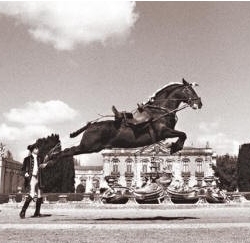 |
"Alter-Real" Horses in Hauté École |
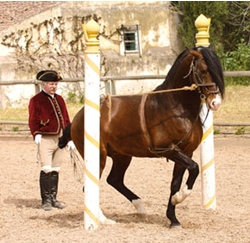 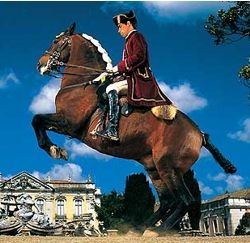 |
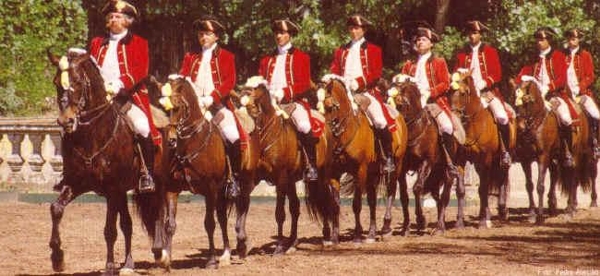
The Lusitanian Horse |
Situated 15 km from Old Quarter |
|
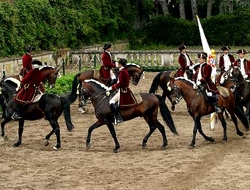 |
| Portugal > Tourism > Lisbon > Sintra > Queluz Riding School | |
|
Queluz
Riding School |
|